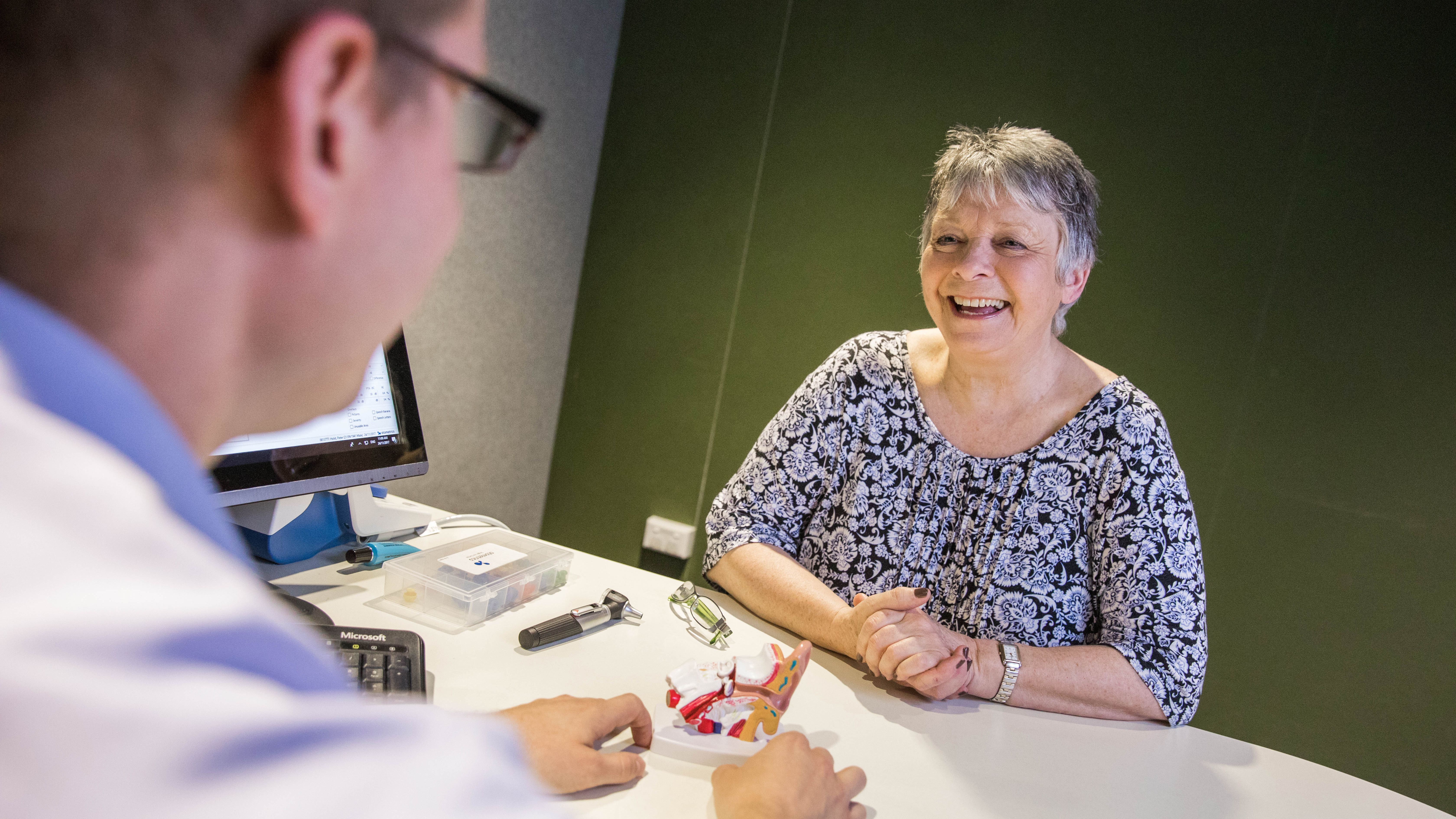A new study from MU Hearing’s Dr Yvonne Tran, Dr Diana Tang, Prof Bamini Gopinath, Prof Catherine McMahon, with Prof Paul Mitchell from The Westmead Institute aimed to understand the hearing loss characteristics that contribute to the decision of hearing aid ownership. The study concludes that a decision tree approach that considers both objectively measured hearing loss and self-perceived hearing disability, could facilitate a more tailored and personalised approach for determining hearing aid needs in the older population.
The paper can be found here: https://www.tandfonline.com/doi/full/10.1080/09638288.2022.2087761
Abstract:
Purpose: The main clinical intervention for older adults with hearing loss is the provision of hearing aids. However, uptake and usage in this population have historically been reported as low. The aim of this study was to understand the hearing loss characteristics, from measured audiometric hearing loss and self-perceived hearing handicap, that contribute to the decision of hearing aid ownership.
Materials and methods: A total of 2833 adults aged 50+ years, of which 329 reported hearing aid ownership, were involved with a population-based survey with audiometric hearing assessments. Classification and regression tree (CART) analysis was used to classify hearing aid ownership from audiometric measurements and hearing disability outcomes.
Results: An overall accuracy of 92.5% was found for the performance of the CART analysis in predicting hearing aid ownership from hearing loss characteristics. By including hearing disability, sensitivity for predicting hearing aid ownership increased by up to 40% compared with just audiometric hearing loss measurements alone.
Conclusions: A decision tree approach that considers both objectively measured hearing loss and self-perceived hearing disability, could facilitate a more tailored and personalised approach for determining hearing aid needs in the older population.
- IMPLICATIONS FOR REHABILITATION
- Without intervention, older adults with hearing loss are at higher risk of cognitive decline and higher rates of depression, anxiety, social isolation.
- The provision of hearing aids can compensate hearing function, however, uptake and usage have been reported as low.
- Using a more precise cut-off from audiometric measures and self-perceived hearing disability scores could facilitate a tailored and personalised approach to screen and identify older adults for hearing aid needs.








